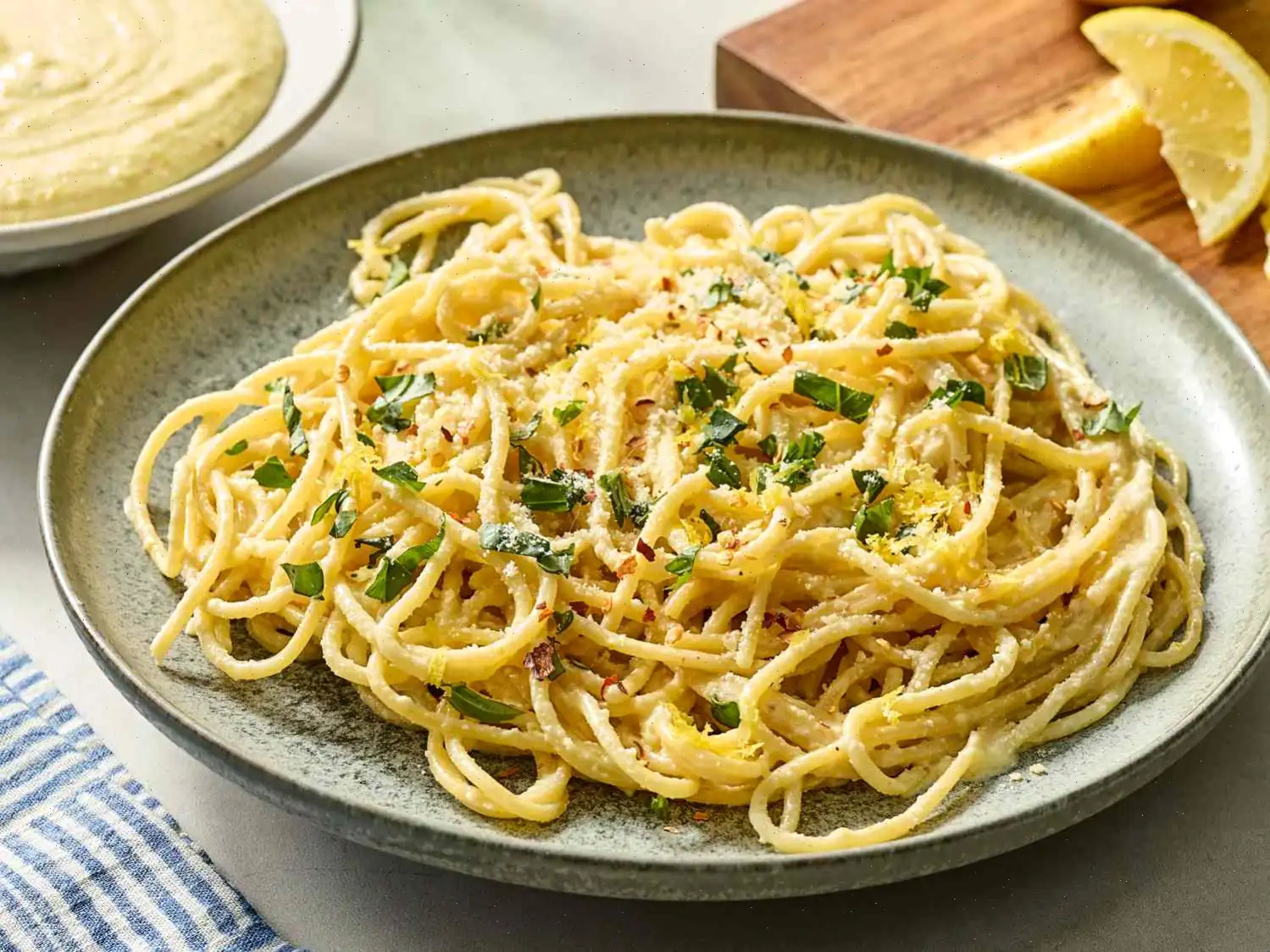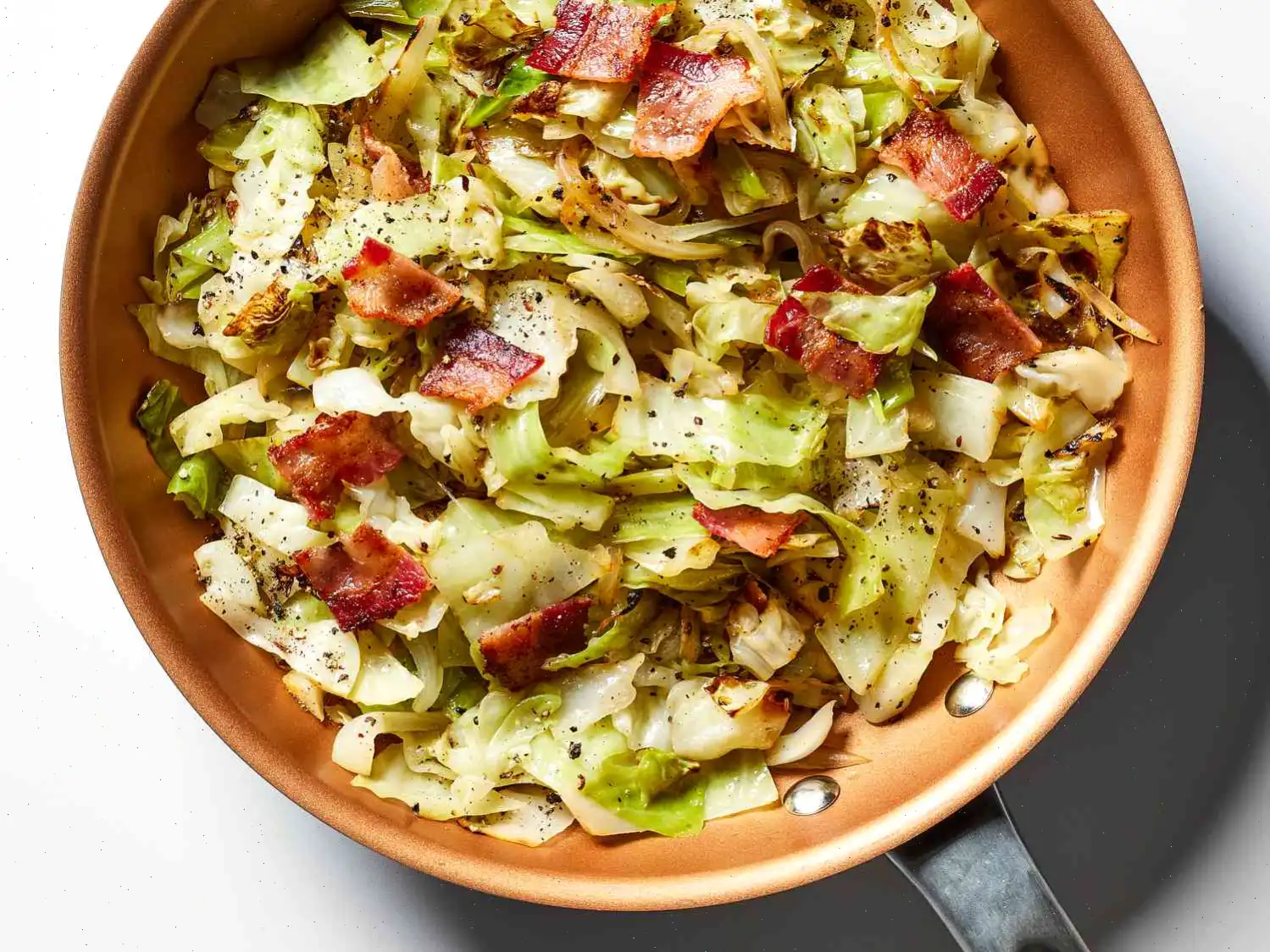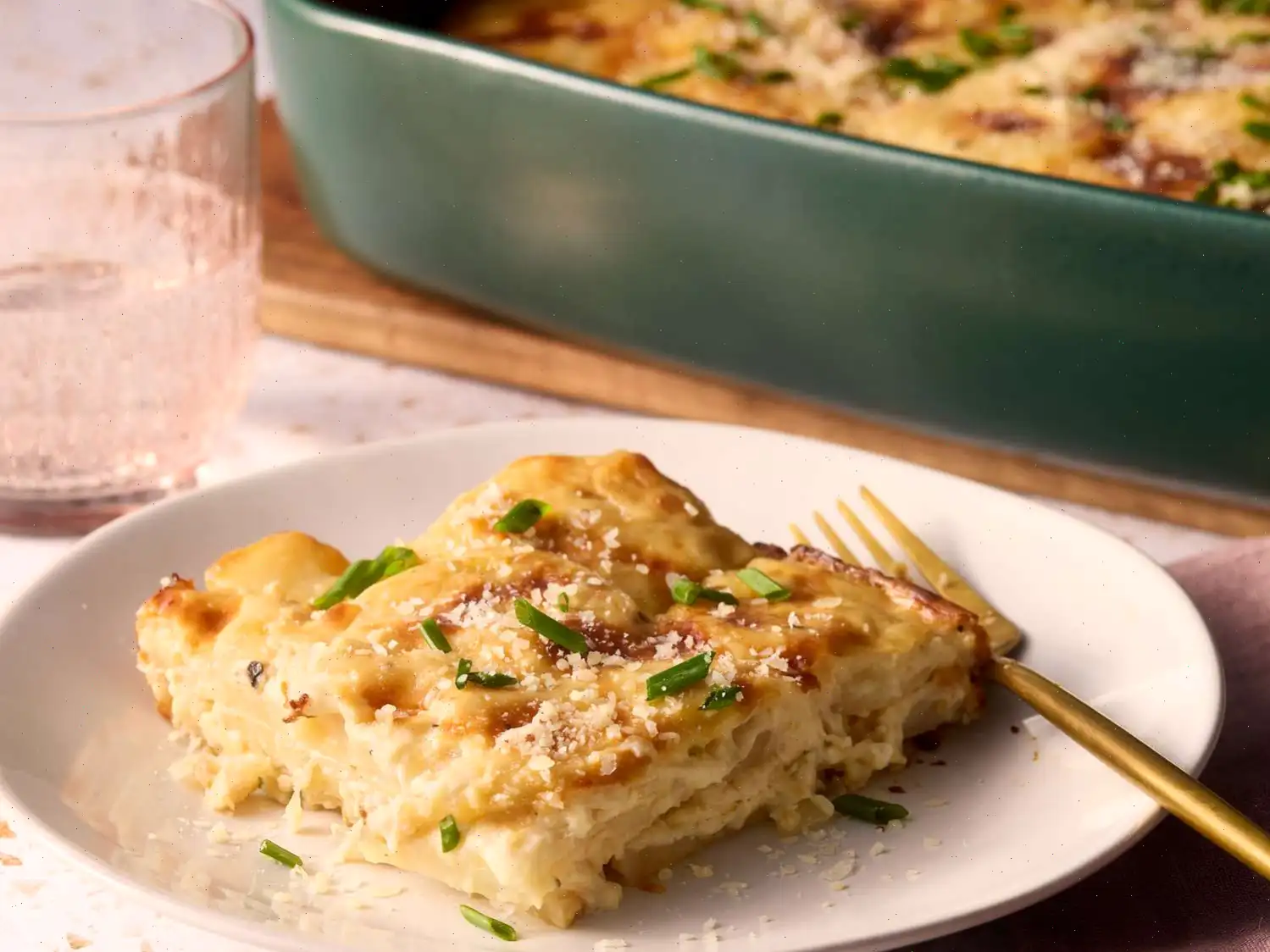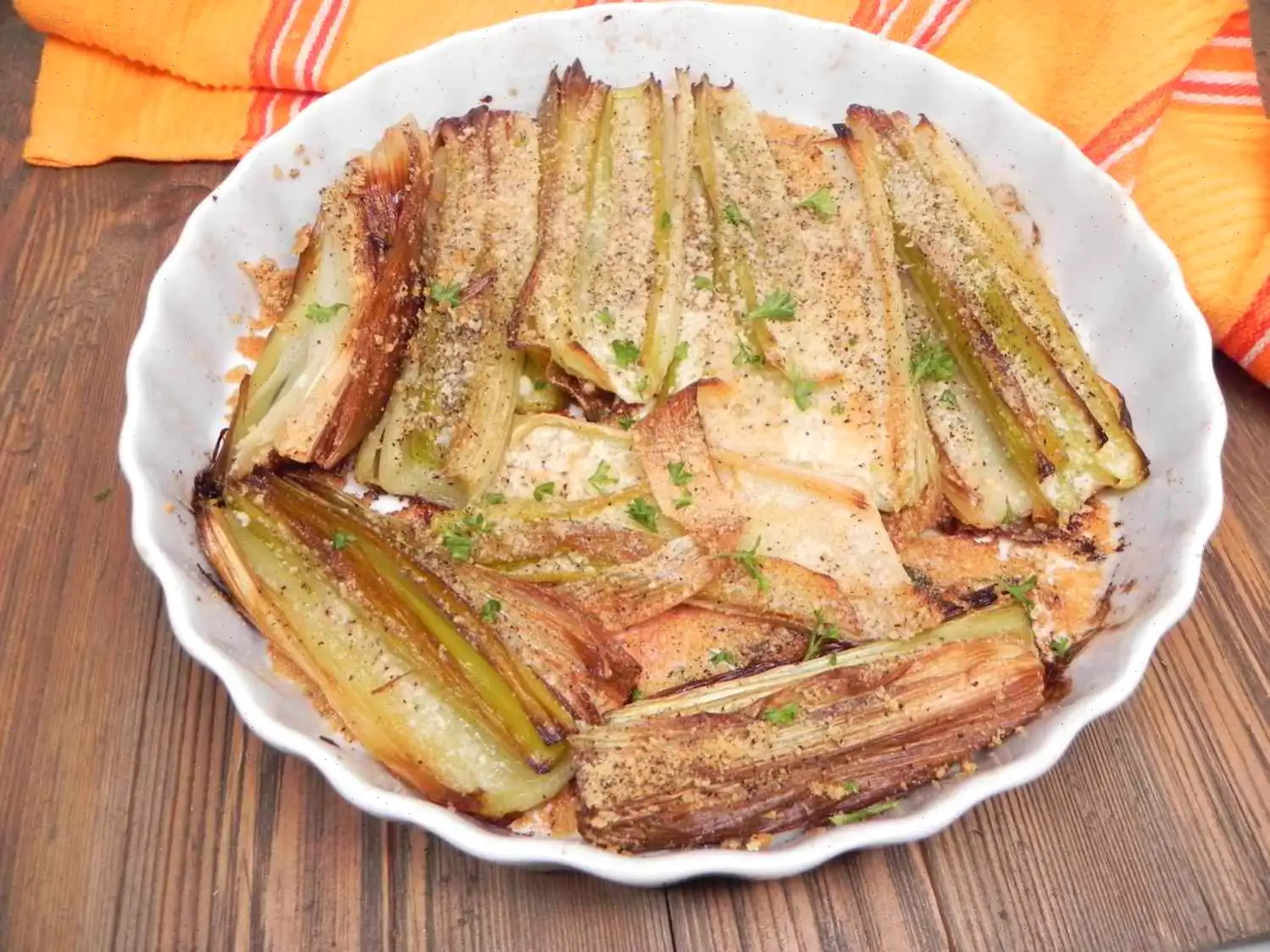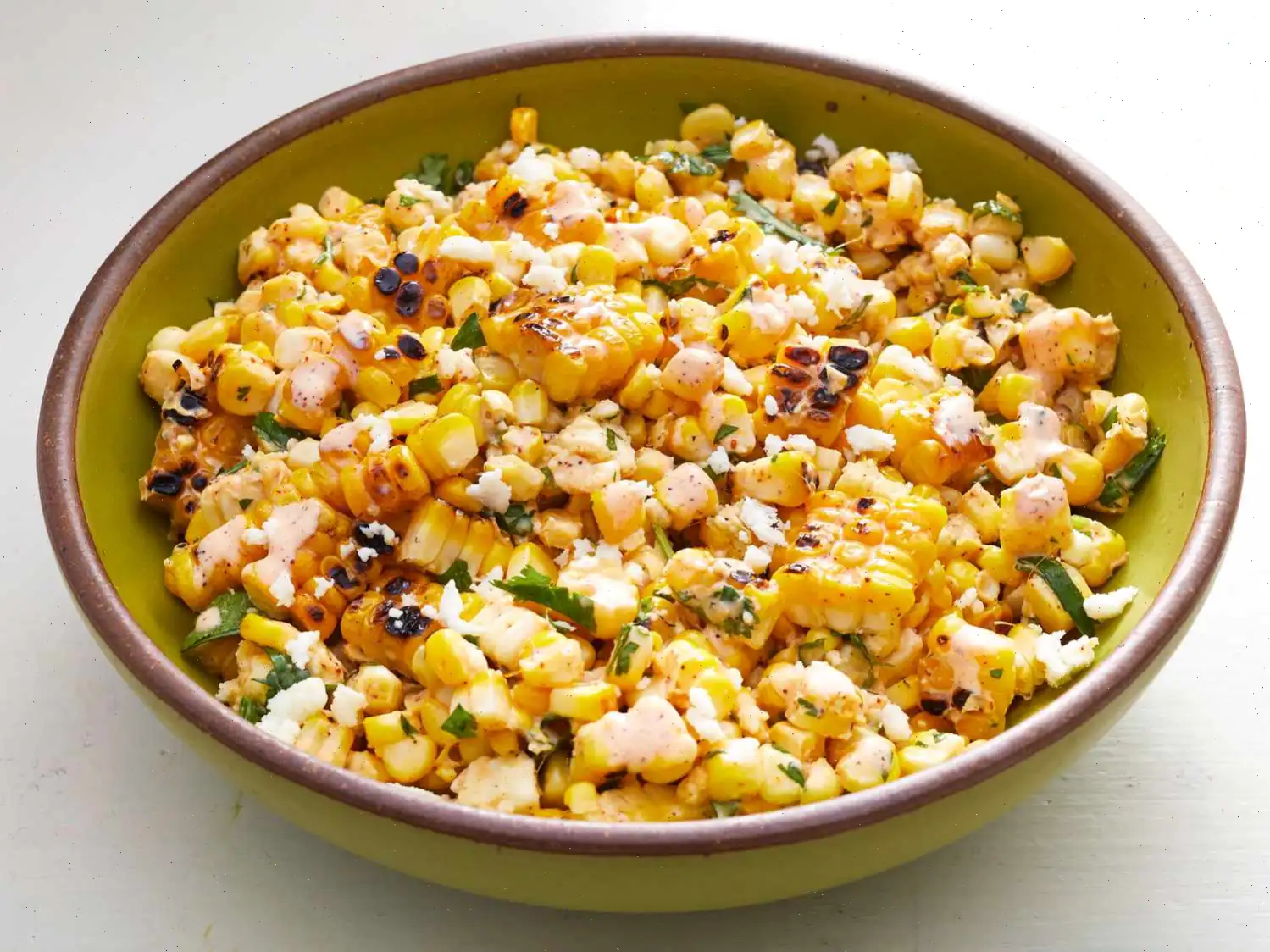
Sautéed Cabbage Recipe
Ingredients
- 1 tablespoon olive oil
- 1 shallot, chopped
- 1/2 cup matchstick-cut carrots
- 1 clove garlic, minced
- 1 pound green cabbage, cored and chopped
- 1/2 cup vegetable broth
- 2 tablespoons minced fresh herbs (such as parsley, thyme, and rosemary)
- Salt and freshly ground black pepper to taste
- Parsley sprigs for garnish (optional)
Directions
Step 1: Heat the olive oil in a large skillet with a lid over medium heat.
Step 2: Add the chopped shallot and matchstick-cut carrots to the skillet. Cook, stirring frequently, until the shallots begin to soften, about 3 minutes.
Step 3: Stir in the minced garlic and chopped cabbage. Cook for another 2 minutes, stirring often to ensure everything cooks evenly.
Step 4: Add the vegetable broth to the skillet and bring the mixture to a boil.
Step 5: Sprinkle in the minced fresh herbs, and season with salt and pepper to taste.
Step 6: Cook uncovered for about 3 minutes, allowing the flavors to meld together.
Step 7: Reduce the heat to low, cover the skillet, and let it cook for 8 to 10 minutes, or until the cabbage reaches your desired level of tenderness.
Step 8: Taste the dish and adjust seasoning as needed. Garnish with fresh parsley sprigs, if desired, and serve warm.
Nutrition Facts (per serving)
- Calories: 81
- Fat: 4g (5% Daily Value)
- Saturated Fat: 0g (2% Daily Value)
- Cholesterol: 0mg (0% Daily Value)
- Sodium: 180mg (8% Daily Value)
- Total Carbohydrate: 12g (4% Daily Value)
- Dietary Fiber: 3g (12% Daily Value)
- Total Sugars: 6g
- Protein: 2g (5% Daily Value)
- Vitamin C: 46mg (51% Daily Value)
- Calcium: 73mg (6% Daily Value)
- Iron: 1mg (3% Daily Value)
- Potassium: 353mg (8% Daily Value)
* Percent Daily Values are based on a 2,000 calorie diet. Your daily values may be higher or lower depending on your calorie needs.
The Story Behind Sauted Cabbage
Sauted cabbage is a humble yet beloved dish with deep roots in European and American culinary traditions. Cabbage itself has been cultivated for thousands of years, dating back to ancient Europe, where it was prized for its ability to be stored over long winters. The technique of sauting vegetables in a bit of oil or fat developed as a quick, flavorful way to prepare hearty greens without losing their nutrients. In the United States, sauted cabbage gained popularity as a practical and healthy side dish, often appearing on family dinner tables and in traditional Southern cuisine.
Regional Variations
Although the basic method of sauting cabbage is universal, regional adaptations highlight local flavors. In the American South, recipes may include bacon or smoked sausage for a savory, smoky note. In Eastern Europe, sauted cabbage is often paired with caraway seeds or onions to complement hearty meats and dumplings. Meanwhile, in Mediterranean regions, fresh herbs like thyme, rosemary, and parsley, as seen in this recipe, are emphasized to bring brightness and complexity to the dish. These variations demonstrate how a simple vegetable can reflect diverse culinary identities.
How It Differs From Similar Dishes
Sauted cabbage is distinct from boiled or braised cabbage in its texture and flavor. Unlike boiled cabbage, which can become soft and waterlogged, sauting preserves slight crispness and enhances natural sweetness. Compared to coleslaw, which is raw and often dressed in mayonnaise, sauted cabbage is warm, cooked, and layered with aromatic ingredients like garlic, shallots, and fresh herbs. This cooking method highlights the subtle, nutty notes of cabbage while keeping the dish light and versatile.
Typical Serving Occasions
Sauted cabbage is commonly served as a side dish accompanying roasted meats, fish, or vegetarian main courses. It fits seamlessly into weeknight dinners, holiday feasts, or potluck gatherings. In many households, it is appreciated for its speed, simplicity, and nutritional value, making it a practical addition to balanced meals. Garnishing with fresh parsley or a squeeze of lemon juice can elevate the dish for more formal occasions.
Interesting Facts
Cabbage is packed with nutrients, including vitamin C, fiber, and antioxidants, making sauted cabbage both delicious and healthful. Historically, sailors relied on cabbage to prevent scurvy during long sea voyages, showcasing its importance beyond the kitchen. Additionally, sauted cabbage has inspired countless creative adaptations, from stir-fries to soups, demonstrating its flexibility across global cuisines. Interestingly, the aroma of sauted cabbage often evokes nostalgia, reminding many of family meals and traditional comfort foods.




